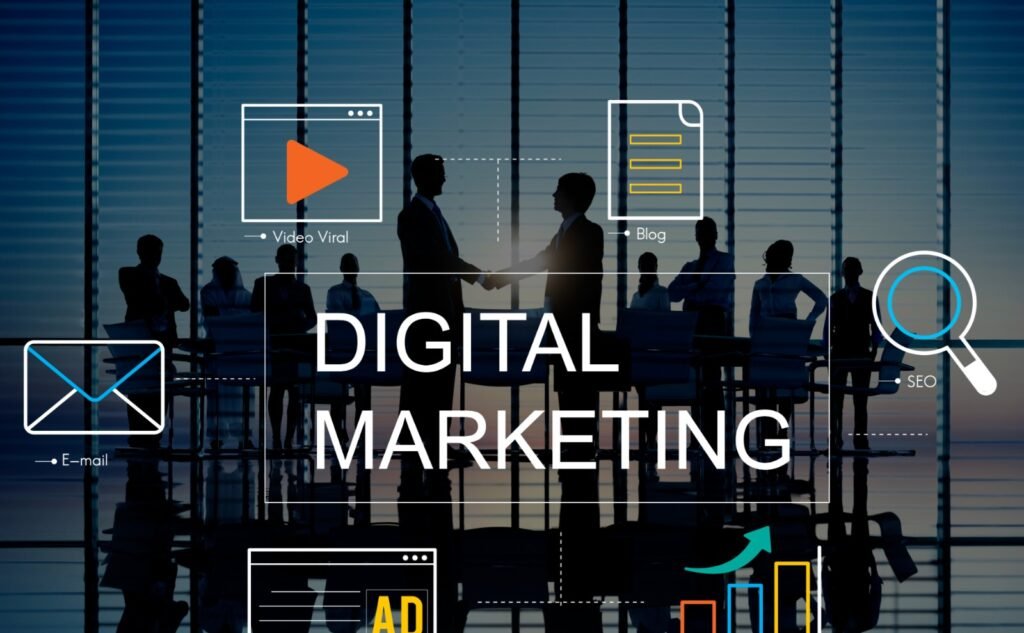How I Edit for Different Brands Without Losing My Creative Style
Understanding Brand Identity is Key Before diving into any editing process, the first step I take is understanding the brand identity. Each brand has its own unique voice, visual language, and tone that reflects its values and mission. Whether it’s a minimalist aesthetic or a bold and colorful approach, I ensure that I thoroughly understand the brand’s vision and target audience. This understanding allows me to adapt my editing style to fit the brand’s visual guidelines while ensuring that I don’t lose my creative edge. For instance, if I’m working with a luxury fashion brand, I might lean towards a more sophisticated and refined color palette, while for a youthful beauty brand, I could incorporate more vibrant and energetic edits. Maintain a Consistent Editing Framework While every brand has its own set of requirements, having a consistent editing framework helps me maintain my creative freedom without compromising on the final outcome. I start by focusing on key elements like lighting, contrast, and saturation, which can be adjusted depending on the brand’s aesthetic. I often use preset filters and color grading techniques that form the foundation of my style but are flexible enough to tweak as per the brand’s needs. This flexibility within a structured framework is a crucial part of my editing process. By applying a consistent editing style, I’m able to create work that feels cohesive across different projects while still offering room for customization based on the brand’s requirements. Balancing Brand Guidelines and Personal Creativity One of the most common challenges I face as an editor is balancing brand guidelines with my personal creative style. This requires a delicate balance of adhering to the brand’s needs while infusing the content with my signature touch. For example, if the brand demands a certain color scheme or visual style, I look for ways to incorporate my creative flair within those boundaries. This might mean experimenting with unique transitions or adding subtle effects to keep the content fresh and dynamic without straying too far from the brand’s identity. The key is to ensure the essence of my creativity shines through, even when working within strict brand constraints. Over time, I’ve learned that a little experimentation within the framework can result in striking edits that not only meet the brand’s needs but also highlight my unique style. Stay Updated with Current Trends Being aware of current editing trends and industry standards is essential for any content creator. However, I’ve learned to stay true to my core editing principles while still keeping up with trends. Whether it’s the rise of Instagram filters, the popularity of grainy textures, or cinematic edits, I incorporate these trends in a way that doesn’t overpower my creative style. For example, if I’m editing a fashion brand’s video, I might use trending slow-motion transitions but ensure the color grading aligns with the brand’s established palette. This helps in keeping my work modern and relevant without compromising on the originality that defines my style. Collaborate with Clients to Align on Vision A collaborative approach with the client is key to ensuring that my personal style and the brand’s identity align effectively. When I start working on a project, I always engage in discussions with the brand about their goals, visual references, and the emotions they want to evoke in their audience. This collaboration helps me understand the boundaries while still giving me the freedom to add my creative touch. Understanding the brand’s core message and their long-term goals ensures that the final edit isn’t just visually appealing, but also strategic and purpose-driven. Trust the Process and Evolve Editing for different brands without losing my creative style has been a journey of constant growth. Over time, I’ve developed a process where I trust my instincts while staying flexible enough to adapt to different brand needs. Every project is an opportunity to evolve as an editor and learn new techniques while staying true to my style. By trusting the process, I’ve found ways to blend both worlds: my creativity and the client’s expectations. This mindset allows me to continue delivering work that not only satisfies the brand but also maintains the uniqueness of my craft. Conclusion Editing for different brands without losing my creative style is an art that requires a balance of flexibility, understanding, and creativity. By focusing on the brand’s identity, sticking to a consistent framework, collaborating with clients, and trusting my creative process, I can ensure that my work resonates with both the brand and my personal style. If you’re a content editor or creator trying to navigate the same challenge, remember: staying true to your unique creative flair is key to standing out, no matter the brand you’re working with. Keep experimenting, keep collaborating, and most importantly, keep creating!
How I Edit for Different Brands Without Losing My Creative Style Read More »










